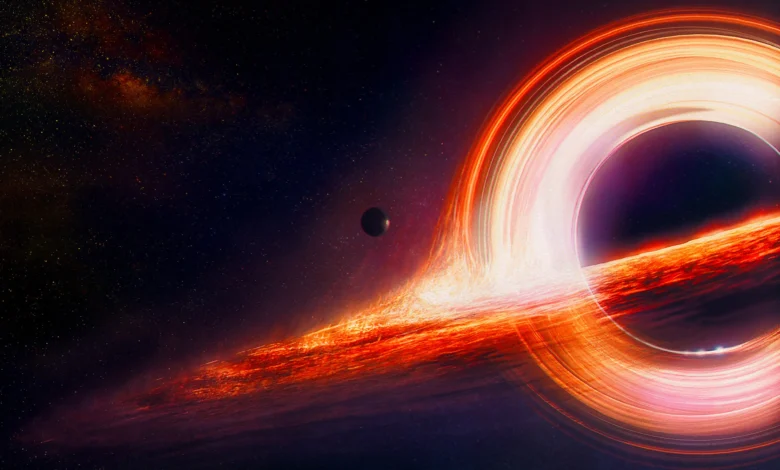Milky Way's largest Black hole discovered: just 2000 light years away from the Earth
Gaia BH3 is the second closest black hole to the Earth (2000 light years away) with the first being Gaia BH1 (1500 light years away) which is comparatively smaller in size

Astronomers have accidentally discovered the largest black hole in the Milky Way (Gaia BH3) almost 33 times that of the mass of the Sun. The scientists noticed a wobling motion of the companion star which led to the discovery of Gaia BH3. Astronomers from the National Centre for Scientific Research (CNRS) at the Observatoire de Paris were responsible for the discovery of the massive stellar black hole.
Gaia BH3 is the second closest black hole to the Earth (2000 light years away) with the first being Gaia BH1 (1500 light years away) which is comparatively smaller in size with a mass 10 times that of the Sun. It is to be noted that the time measured in light years is relatively less in cosmic terms.
As told by Pasquale Panuzzo of the CNRS the discovery was accidental he said they discovered the black hole “by chance” from the data collected in the Gaia mission by the European space agency. This mission was aimed at creating a 3D map of the Milky Way galaxy. The project allows the scientists to use an exceptional telescope giving the precise position of the stars. This telescope helped the scientists to determine the mass of the massive Black hole.

“This black hole is not only very massive, it is also very peculiar in many aspects. It is really something we never expected to see. No one was expecting to find a high-mass black hole lurking nearby, undetected so far. This is the kind of discovery you make once in your research life,” Panuzzo mentioned in a press release.
Joss Bland-Hawthorn professor at the University of Sydney, who conducted dynamic modelling of the Milky Way for the research, said the discovery excited scientists “for a number of reasons”.
Hawthorn said, “This particular black hole is extraordinary because it seems to have fallen into the Milky Way from outside.” He further added, “It was formed in a small galaxy that was in orbit around our Milky Way and that little galaxy fell in and brought this black hole with it, which makes this black hole very ancient.” “We think the black hole is at least 12 billion years [old], maybe even older, in a universe that’s 14 billion years old,” he said.
You might also be interested in: US military to prepare for a first ever space drill and conduct in-orbit combat exercise



